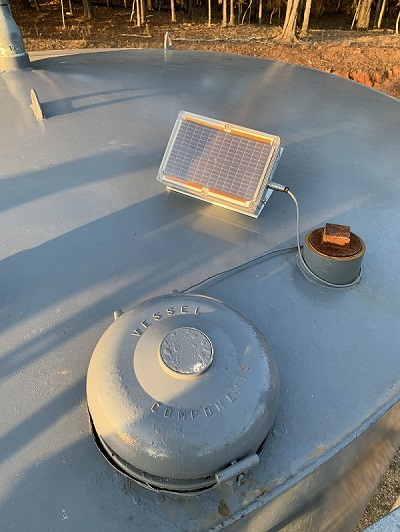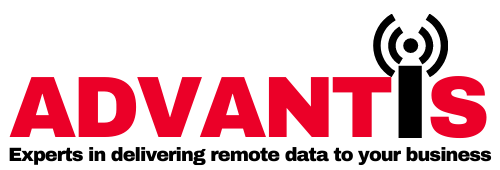Oil/gas production tank hatch monitoring – Eliminate methane emissions
EXCLUSIVE PATENTED TECHNOLOGY

Benefits the Environment AND Results in More Sellable Gas for the Operator
As each of these conditions change, a notification is sent to the operator.
Hatch sealed – closed and latched with proper spring pressure on the gasket. The gasket has a 100% seal.
Hatch leak – there is just enough internal tank pressure to cause the gasket to rise off the landing ring. The gasket is between 100% seal down to 0% seal. Volume is based on empirical testing for the hatch.
Hatch vent – the internal tank pressure has met the minimum pressure on the manufacturers flow chart. The gasket has 0% seal. Volume is based on manufacturers flow chart for the hatch.
Hatch open – The internal tank pressure matches the external pressure. There is no force on the gasket.
Can Improve ESG rating
LDAR – Real Time
This project is innovative because it brings real-time, around-the-clock, measurable data to operators as opposed to current methods, such as LDAR (Leak Detection and Repair) programs that are not ongoing or measurable. LDAR detects emissions with a specified number of inspections per year. LDAR programs often do not cover all well sites at all. Even if emissions are detected and corrected, more fugitive emissions may occur and go undetected until the next inspection. Upcoming satellite monitoring systems will only be able to bring near-weekly reports. The Advantis system reporting is immediate.
